
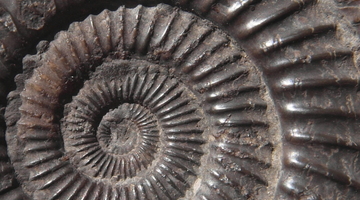
“How old is it?” is one of the first questions you’ll probably ask when you see an interesting rock or fossil. It’s certainly one of the first things that a geologist wants to know. As you’ll ...
READ MORE
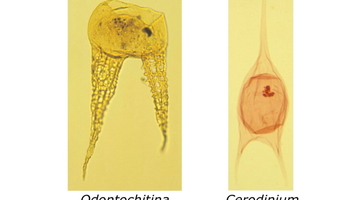
Dinosaurs used to live in New Zealand. We know this because their fossils have been found in a few places. The fossils of a number of different dinosaurs were found at the Mangahouanga Stream, in ...
READ MORE
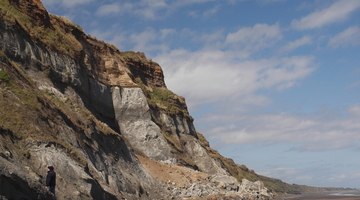
The study of fossils, combined with accurate dating, gives us a detailed picture of climate and environment changes in New Zealand over the last few million years. Rights: The University of ...
READ MORE

In this activity, students use different pieces of a jigsaw to work through a process of observation, discussion, collaboration and deduction to determine what the picture shows. The activity is ...
READ MORE
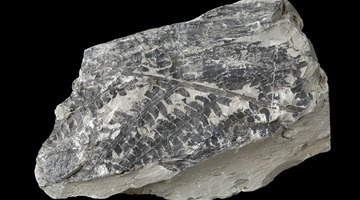
In this activity, students date fossils from one site by matching them to fossils already dated somewhere else. They use real data from Mangahouanga, made famous by paleontologist Joan Wiffen. By ...
READ MORE
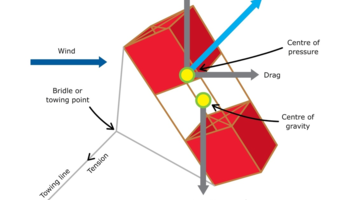
In this activity, students will learn about some kite history and how kites fly before making and flying a kite themselves. By the end of this activity, students should be able to: use some kite ...
READ MORE
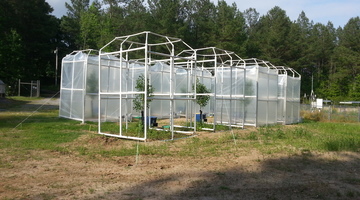
By comparing some features of fossilised plants with the same features of plants living today, scientists hope to be able to learn more about the effect of changing carbon dioxide (CO2) levels in ...
READ MORE

Why is the sky blue? Why do stars twinkle? Why did the apple fall to the ground? What happens if I hit this rock with another rock? As humans, we’re curious, and throughout history, we’ve ...
READ MORE

Both science and mātauranga pūtaiao build knowledge and understanding about our world. Often, we start with curiosity about something we’ve noticed and we want to find out more. At other times ...
READ MORE

In this recorded professional learning session Dr Rosemary Hipkins joins us to discuss the concept of enduring competencies – competencies that focus on what students can do with their knowledge ...
READ MORE
Joan Wiffen and colleagues were famous for finding fossils at Mangahouanga Stream, in north-west Hawke’s Bay. Dr James Crampton, paleontologist at GNS Science, outlines some of the marine ...
READ MORE
Dr James Crampton, paleontologist at GNS Science, explains how relative dating was used to determine that dinosaur and other fossils found in north-west Hawke’s Bay were from the Cretaceous ...
READ MORE
Watch this animated video and find out more on how sedimentary rock near Whanganui records 50 cycles of sea level change, each lasting up to 100,000 years. Rocks were formed during warm ...
READ MORE
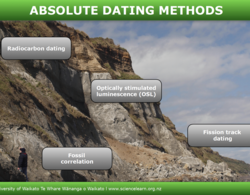
Absolute dating methods give rocks an actual date or date range in numbers of years. This interactive explores four different methods used in absolute dating.
READ MORE
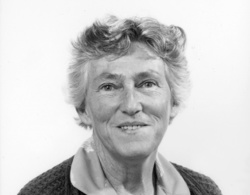
This timeline lets you see aspects of Joan's life and work, and how these fit into a wider science picture of paleontology. A full transcript is underneath.
READ MORE
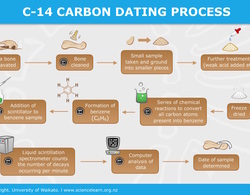
Historical artefacts like moa bones can be dated using a technique that measures the activity of the radioisotope carbon-14 still present in the sample. By comparing this with a modern standard ...
READ MORE